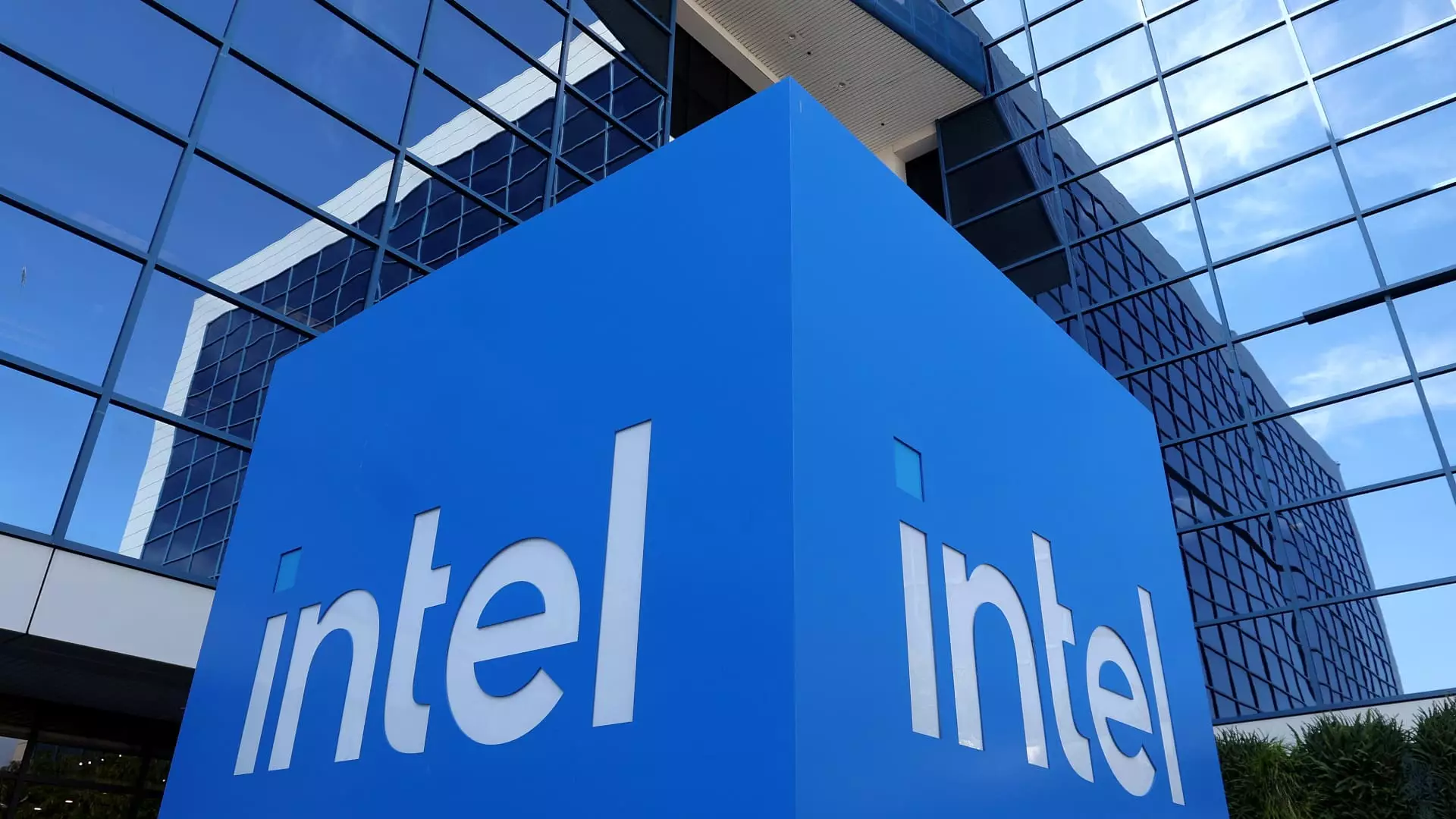In recent times, the stock market has exhibited a troubling tendency toward overenthusiasm, often propelled by speculative fervor rather than genuine fundamentals. Key names such as eBay, Intel, and Incyte have been thrust into the limelight, not because of consistent growth or intrinsic value, but largely due to technical overbought signals and transient investor optimism. As a center-right liberal, I believe it is crucial to scrutinize these developments with a skeptical lens, recognizing that markets driven by sentiment rather than substance are inherently unstable and prone to correction.
The technical metric often used to gauge overbought conditions — the 14-day relative strength index (RSI) — reveals troubling signs. Values above 70 are traditionally considered signals that a stock might be overheated, ripe for a pullback. Stocks such as eBay, with a 77 RSI and a stunning 62% year-to-date gain, exemplify the danger of chasing momentum at the peak. The same applies to Intel, which recently surged 23% in a single week, an extraordinary leap considering its turbulent past. These spikes, while tempting to investors seeking quick profits, are often unsustainable and foreshadow impending declines.
The Mirage of Market Optimism and Stimulus-Driven Rally
The recent rally that pushed major indices to record highs—S&P 500, Nasdaq, and Dow Jones—was fueled by a combination of positive consumer inflation data and speculative optimism about potential interest rate cuts. Yet, behind this veneer of economic confidence lies a fragile foundation. The optimism, largely driven by short-term macroeconomic indicators, neglects underlying vulnerabilities in individual stocks. The fact that many arewell overbought suggests that the market may be closer to a correction than many investors realize.
The temptation to interpret technical extremes as buying opportunities is dangerous. The narrative surrounding stocks like eBay and Incyte is often tinged with overblown expectations, ignoring the deeper issues that may eventually trigger a correction. For example, Incyte’s recent 11% weekly gain was driven partly by optimistic upgrades, but its core business remains niche and vulnerable to regulatory or therapeutic setbacks. Similarly, eBay’s rapid ascent owes more to short-term earnings beats than a sustainable growth trajectory.
Government Intervention and Market Manipulation: A Double-Edged Sword
One of the more intriguing developments involves Intel, which saw a dramatic rally possibly driven by external political influences. The Trump administration’s contemplation of taking a stake in Intel underscores a worrying trend—government intervention in markets that should be driven by free enterprise and innovation. While some justify such moves as safeguards for national security, they risk distorting market signals and fostering moral hazard. When government begins to pick winners and losers, the risk of asset bubbles inflates, and investors lose sight of genuine value creation.
This politicization of market dynamics raises concerns about market integrity and the sustainability of recent gains. Is Intel truly worth a 71.3 RSI based on its fundamentals, or is its rally merely a product of external stimuli and speculative positioning? Given the dominance of “hold” ratings from the majority of analysts, caution should be prioritized over exuberance.
The Price of Ignoring Fundamentals
The most troubling aspect of this overbought frenzy is the neglect of fundamental analysis. Stocks like eBay and Incyte have benefited from temporary tailwinds—including positive earnings reports and optimistic forecasts—yet their underlying businesses face structural challenges. EBay, despite its impressive year-to-date gains, operates in a declining retail landscape, and its growth relies heavily on short-term user engagement rather than innovation. Incyte’s success hinges on a single therapeutic area, with limited diversification.
Investors dangerously overlook these vulnerabilities in pursuit of short-term gains, a practice that risks creating a market bubble. When the inevitable correction arrives—more likely to be abrupt and severe—the fallout could undermine not only individual stocks but the broader market confidence. Discerning investors must resist the allure of overhyped, overbought names and instead focus on businesses with solid fundamentals and sustainable growth prospects.
The Uncertain Future: A Call for Prudence
While the market’s recent surge might seem like the hallmark of economic resilience, it is more accurately a sign of speculative overheating. Investors should approach such conditions with skepticism, recognizing that current overbought signals are often preludes to sharp declines. Relying on technical metrics alone, without considering underlying business health or macroeconomic risks, is a perilous strategy in a fundamentally volatile environment.
In a landscape where government influence, short-term momentum, and technical overextensions dominate headlines, maintaining a cautious, balanced approach is essential. Market corrections are inevitable; the key lies in preparing for and weathering these storms with clear eyes and disciplined strategies. Ignoring the warning signs of overvaluation risks turning fleeting gains into disastrous losses—a lesson that history has repeatedly demonstrated.

